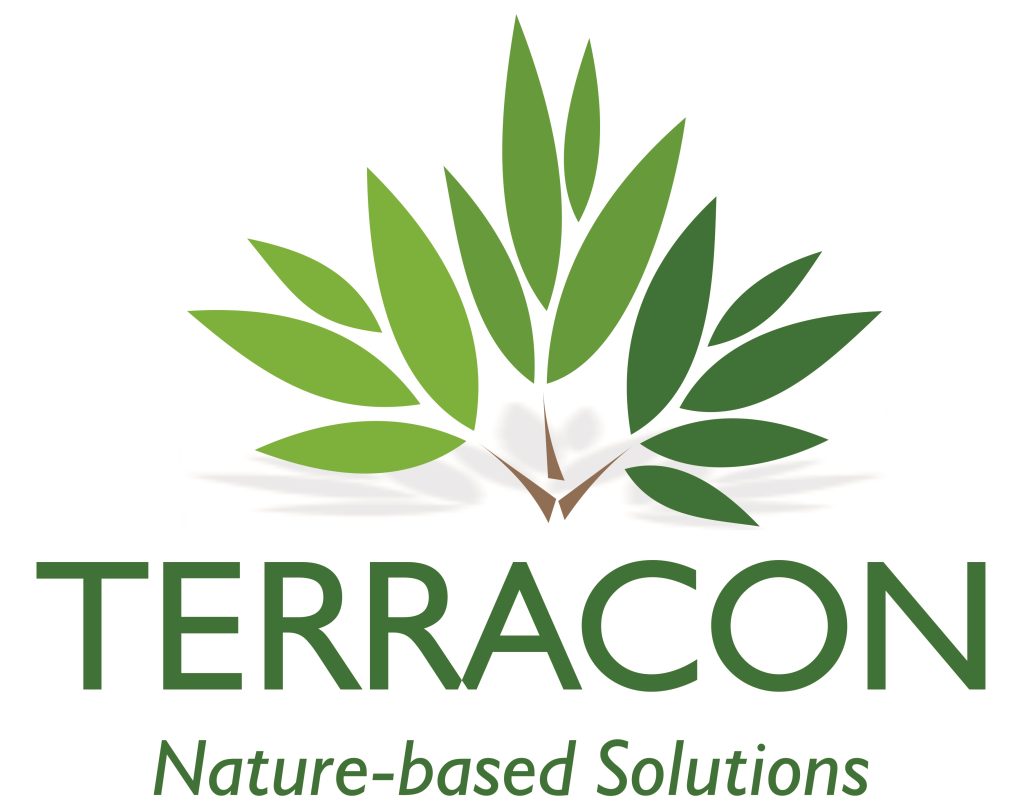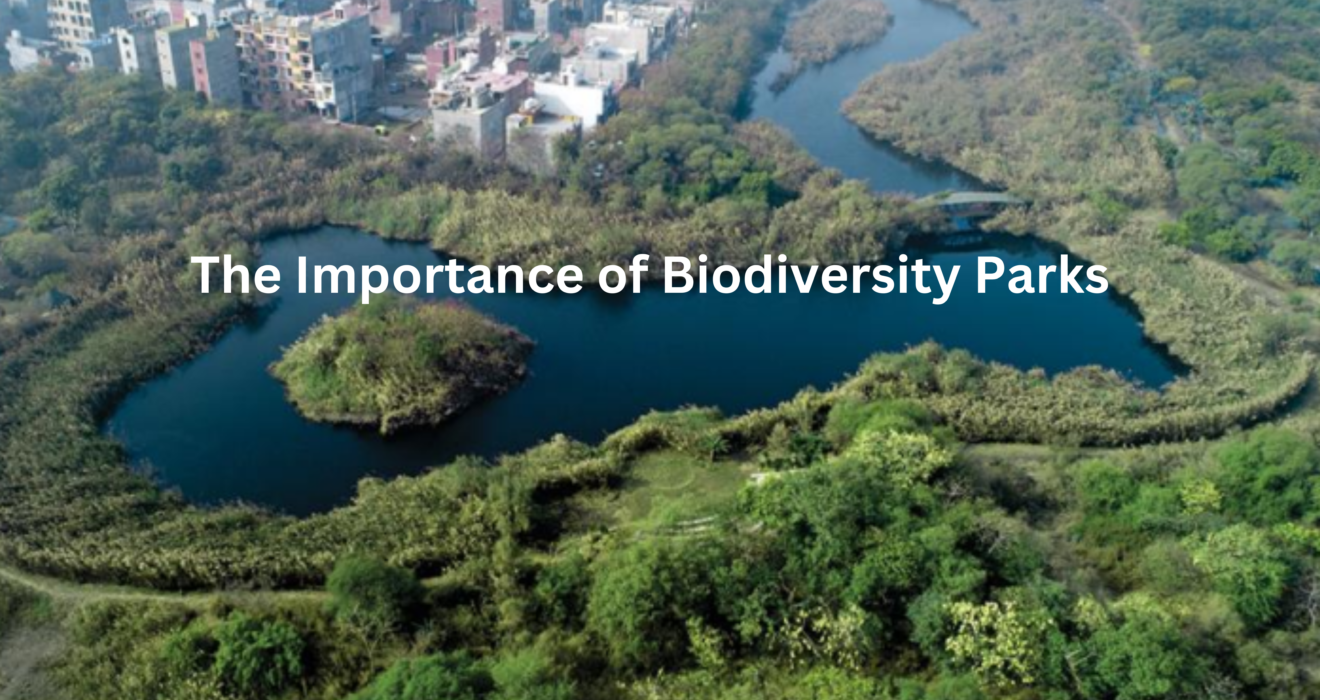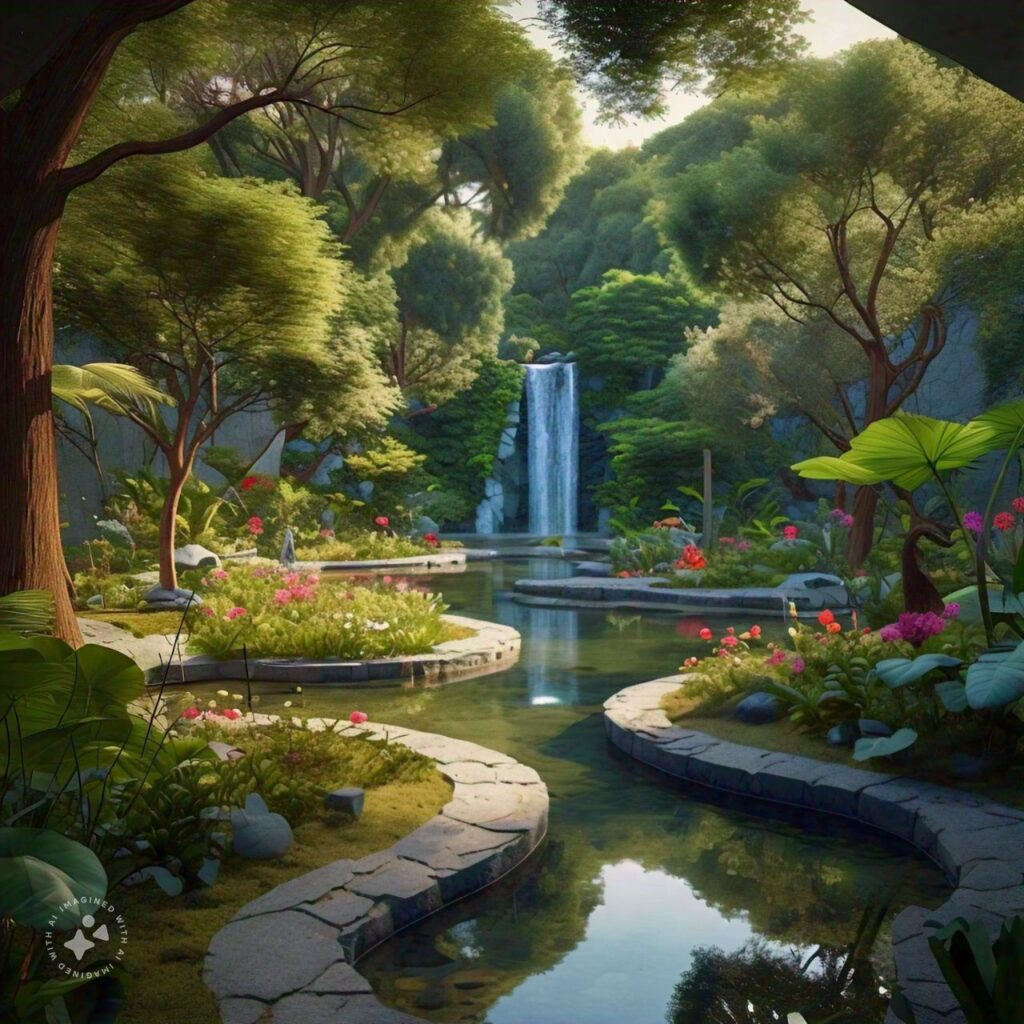As we go about our daily lives, it’s easy to forget about the natural world around us. We often think of nature as something far away, untouched and pristine. But the truth is, nature is all around us, even in the midst of urban environments. A biodiversity park is a perfect example of this. Learn what is biodiversity ?
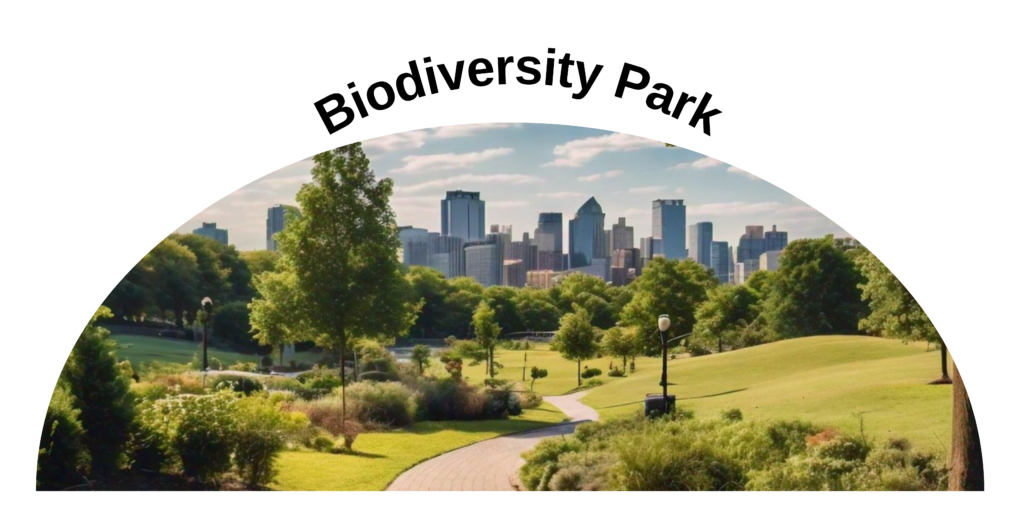
A biodiversity park is a protected area that conserves and promotes biodiversity, providing ecosystem services and creating critical habitats for a diverse range of species. Imagine a place where native plant species thrive, providing a habitat for a diverse range of animals. A place where the air is clean, the water is pure, and the soil is rich with nutrients. This is what a biodiversity park is all about!
In an age where natural habitats are vanishing, biodiversity parks act as essential refuges that not only enhance the environment but also enrich our lives. Biodiversity parks create critical habitats for a diverse range of species, enhancing urban biodiversity and supporting the overall health of ecosystems.
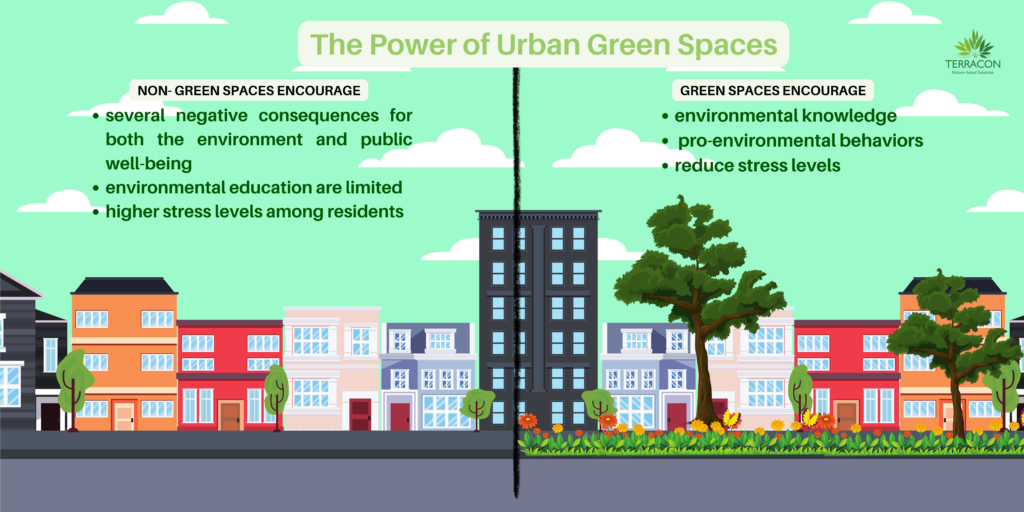
According to a study by the University of California, Berkeley, urban green spaces like biodiversity parks can increase local biodiversity by up to 30% By providing refuge for wildlife such as migratory birds and pollinators, these parks facilitate complex ecological interactions that are often overlooked in discussions about urban green spaces. Moreover, they offer profound mental health benefits. A study by the University of Illinois found that spending just 20 minutes in nature can reduce stress levels by 28% and improve cognitive function by 10% , with moments spent amidst diverse flora significantly reducing stress and enhancing cognitive function. They also serve as vital educational platforms, promoting environmental stewardship and community engagement According to a study by the NEEF, environmental education programs in parks and green spaces can increase environmental knowledge by 25% and encourage pro-environmental behaviors by 30%, yet the importance of these learning opportunities is frequently understated in broader conversations about urban development.
In reality, biodiversity parks are designed to conserve and promote biodiversity, providing ecosystem services such as air and water purification, soil conservation, and climate regulation. A study found that urban green spaces can reduce stormwater runoff by up to 50% and improve air quality by up to 20%These parks are a haven where various species of plants and animals coexist in harmony, creating a thriving ecosystem. But their impact extends beyond conservation, as they offer a unique opportunity for people to connect with nature, learn about conservation, and get involved in protecting the environment.
Establishing a biodiversity park is a complex and challenging task. However, our experience in creating a unique biodiversity park in Mira Road, Bhayandar, which combines both coastal and terrestrial ecosystems, has been a remarkable journey.
Map of Mira Bhayandar showing position of proposed Biodiversity Park
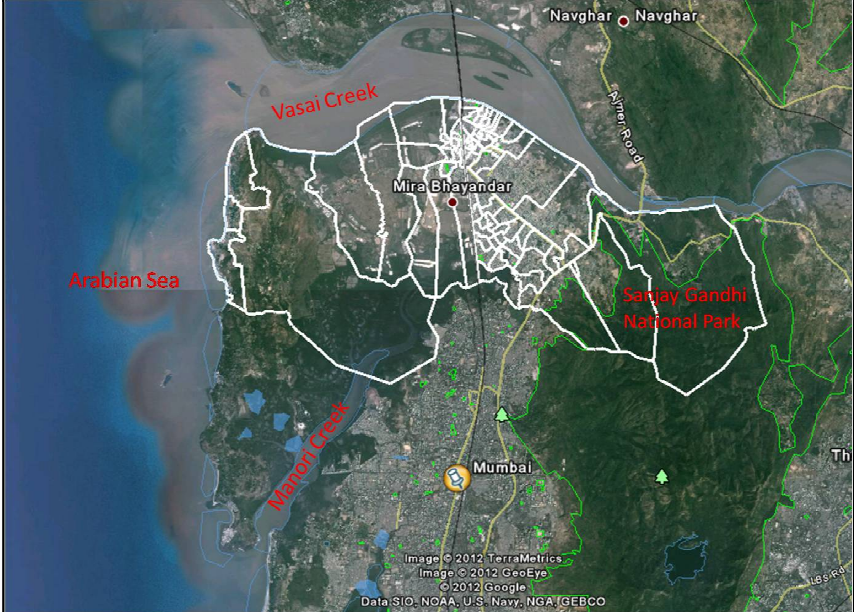
This project allowed us to explore and study the distinct characteristics of two diverse habitats side by side. This comparative analysis revealed unique ecological traits and adaptations, enhancing our understanding of biodiversity and ecosystem functions. Additionally, it fostered interdisciplinary collaboration among experts, enriching the overall research and providing diverse perspectives.
Engaging with local communities further promoted environmental awareness and advocacy for conservation efforts, highlighting the significance of preserving these critical ecosystems. However, we faced numerous challenges along the way. Political changes and shifting government priorities led to interruptions in our efforts, causing significant delays in our plans. As new administrations came into power, alterations in funding allocations and policy directions impacted environmental initiatives, which made it difficult for us to secure the permits and support we needed. Furthermore, changes in leadership often shifted focus away from biodiversity conservation toward immediate economic agendas, complicating our pursuit of necessary resources and support. As a result, we faced a prolonged hiatus and ultimately had to wait for six years before we could find a favorable opportunity to resume the project.
Despite these challenges, we persevered and eventually overcame them. Through dedication, community involvement, and collaboration with various stakeholders, we were able to bring this biodiversity park to life. The result was a beautifully designed space that not only safeguarded the unique ecosystems but also provided an enriching experience for visitors.
Our experience is not unique. Biodiversity parks around the world face numerous challenges that threaten their existence. Habitat fragmentation, inadequate funding and resources, human-wildlife conflict, climate change, and extreme weather events are just a few of the obstacles that park managers and conservationists must overcome.
In addition, invasive species, diseases, and lack of community engagement and education can further hinder the park’s ability to effectively conserve and manage its ecosystems. Addressing these challenges is crucial to ensure the long-term survival of biodiversity parks and the ecosystems they protect.
However, our story shows that with resilience, commitment, and collaboration, it is possible to overcome these challenges and achieve our goals. Today, our biodiversity park stands as a testament to the significance of environmental stewardship and the importance of maintaining ecological balance for future generations.

Written by
Anjeeta Goud
Team- Business development and Strategy
Terracon Ecotech
Reference:
Benefits of Biodiversity to Human Health and Well-being
The Remarkable Benefits of Biodiversity
